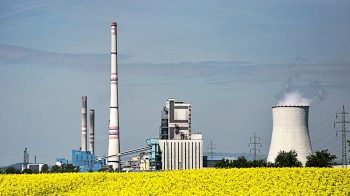The turf protection market is expected to reach USD 8.1 billion by 2028, up from USD 6.4 billion in 2023, at a CAGR of 4.9% in terms of value during the forecast period. The market for turf protection by solution is expanding due to increased demand for biological products as a result of increased environmental consciousness.
By application, sports turf category hold a significant market share during the forecast period
Sports activities that take place on natural grass turf require proper maintenance and protection to ensure the safety and longevity of the playing surface. Turf protection products such as chemicals, biostimulants, and other solutions play a critical role in achieving this goal. Chemicals such as herbicides, fungicides, and insecticides can help to control pests, weeds, and diseases that can cause damage to the turf. Biostimulants, on the other hand, promote healthy growth by enhancing the soil structure, increasing nutrient uptake, and improving root development.
South America to boost market growth during the forecast period
The South American region is segmented into Brazil, Argentina, and Rest of South America ( Chile and Colombia). The South American turf protection market is expected to grow in the coming years, driven by various factors such as the increasing demand for sports turf, the growing popularity of sports, and the development of sports infrastructure in the region. Brazil is the largest market for turf protection in South America, accounting for a significant share of the regional market. The country has a large number of sports clubs and facilities. Argentina, Chile, and Colombia are other key markets for turf protection in South America. These countries have a growing sports culture and have been investing in sports infrastructure in recent years.
Download PDF Brocchure: https://www.marketsandmarkets.com/pdfdownloadNew.asp?id=86414374
The key players in this market include Syngenta Crop Protection AG (Switzerland), UPL Limited (India), Corteva Agriscience (US), Nufarm (US), Bayer AG (Germany), BASF SE (Germany), SDS Biotech K.K. (Japan), AMVAC Chemical Corporation (US), Bioceres Crop Solutions (Argentina), Colin Campbell (Chemicals) Pty Ltd (Australia), ICL Group Ltd. (US), Andersons, Inc. (US), FMC Corporation (US), Soil Technologies Corporation (US), CoreBiologic (US). The study includes an in-depth competitive analysis of these key players in the turf protection market with their company profiles, recent developments, and key market strategies.
Some of the key trends driving the turf protection market include:
- Increasing demand for turf protection products in the sports industry: Sports fields and golf courses require high-quality turf to ensure player safety and performance. As a result, the sports industry is a major driver of demand for turf protection products.
- Growing awareness of the importance of sustainable landscaping practices: Many property owners and managers are seeking out environmentally friendly options for turf protection, such as natural and biodegradable materials.
- Advances in turf protection technology: The turf protection industry is constantly evolving, with new materials and technologies being developed to improve the performance and durability of turf protection products.
- Shift towards synthetic turf: While natural turf remains popular, there has been a growing trend towards synthetic turf in recent years. This has created new opportunities for turf protection products designed specifically for synthetic surfaces.
